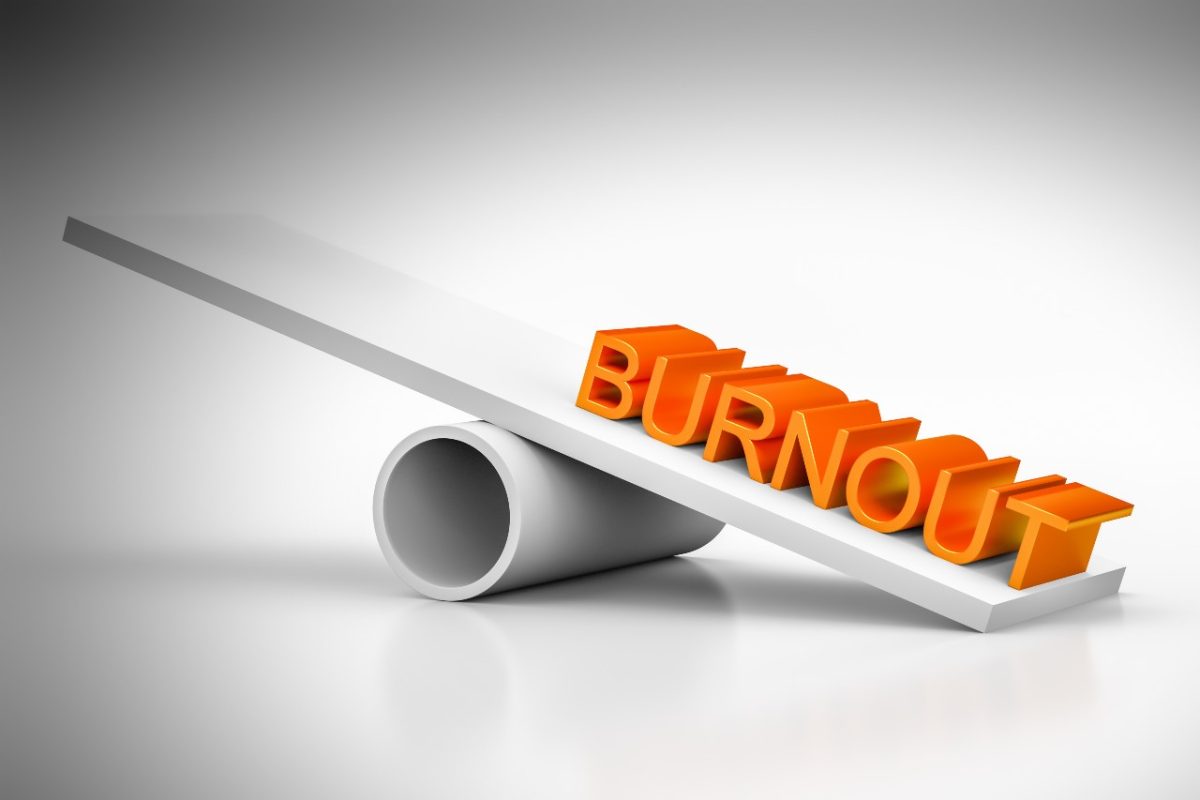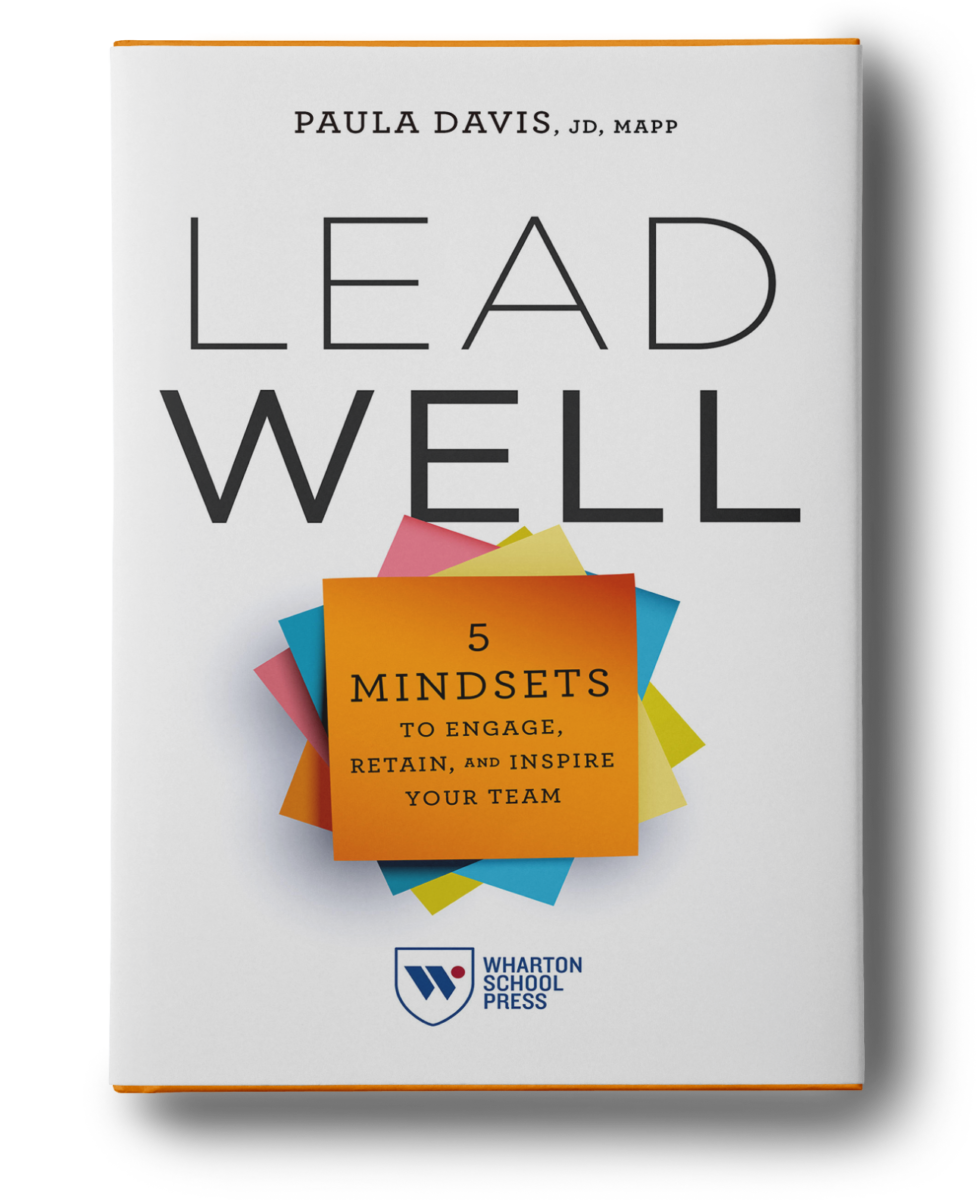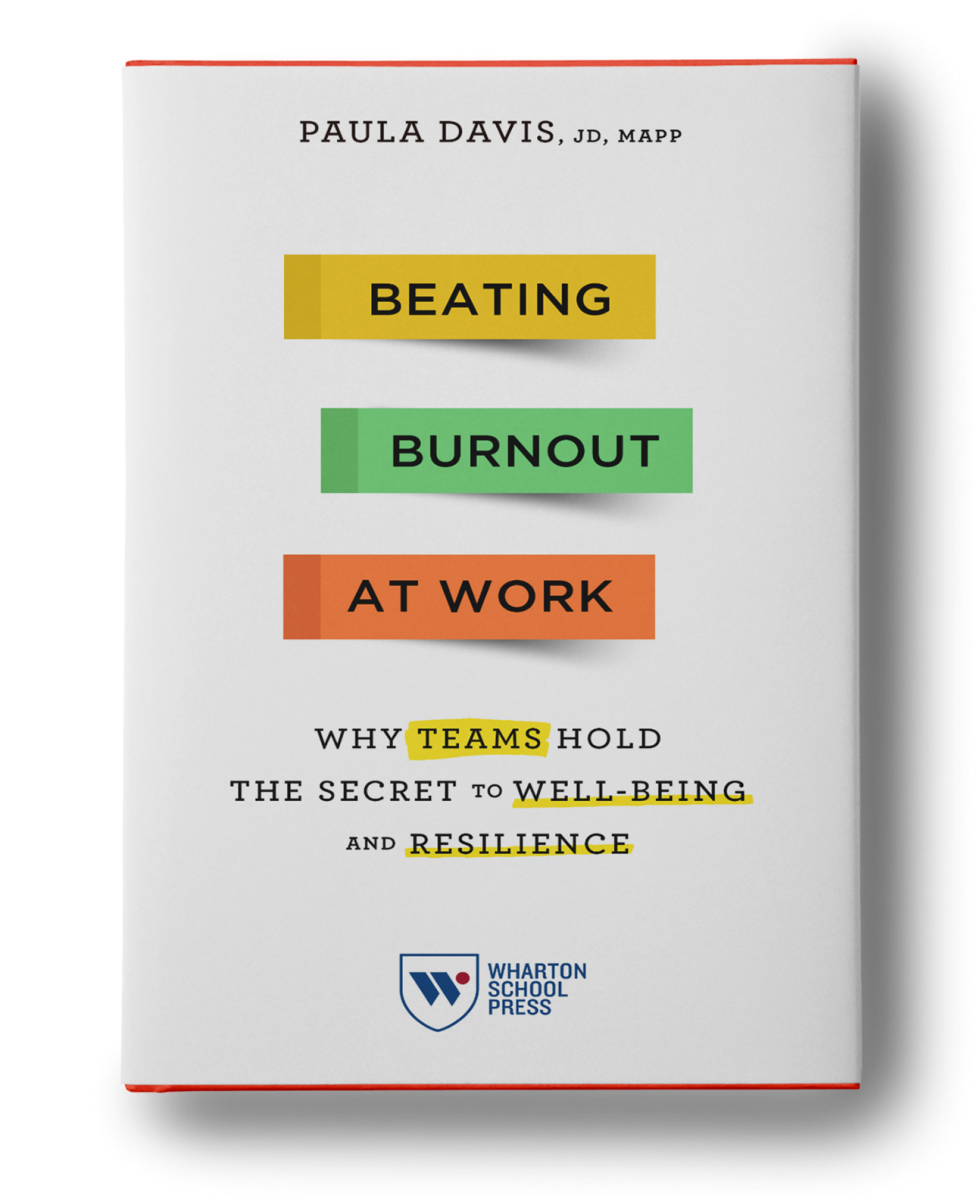I finished giving a keynote to a group of salespeople several years ago and was in the process of meeting some of the attendees after the program. As I was finishing the last conversation, a young man approached me and without introducing himself said, “If something doesn’t change for me in the next six months at work, I’m going to have a heart attack. Can you help me?”
Burnout is best dealt with by preventing it in the first place, which is why so many books and articles focus on that theme. Yet, “How do I recover from burnout?” is one of the most frequent questions I am asked, and I find it to be one of the most difficult to answer. Why? Because each person’s experience with burnout is unique, and their recovery will be too.
Whether you feel like the salesperson in my story, or simply wondering how to make things better, here are some places to start:
Evaluate how burned out you are. This is an important starting point because burnout exists on a spectrum, and people experience it differently. The big three signs of burnout are chronic exhaustion, cynicism (everyone annoys you and bothers you) and inefficacy (disengaging from work and having a “why bothers, who cares” mentality). Burnout is not an interchangeable word with everyday stress, and it’s not exclusively exhaustion or overload. It’s all three of the above components together. To generate a starting point, reflect on the past month and ask yourself the following questions (using a scale of 1 to 5; one being the lowest and 5 being the highest):
- How overwhelmed/exhausted did I feel?
- How critical/cynical did I feel?
- How productive did I feel?
- How much fun did I have?
The last question is about how engaged you felt about work, whether you experienced any positive emotions associated with your work or whether you felt “in the zone” and lost track of time because you were so into what you were doing.
Know the source of your burnout. Burnout is more likely to happen when you have too many job demands and too few job resources. Job demands are the aspects of your work that take consistent effort and energy, like answering emails at all hours, attending meetings and client demands. Job resources are the motivational and energy giving aspects of your work, like positive client feedback, a caring leader and strong relationships with colleagues. Make a list of all of your job demands and resources. Are there any job demands you can delegate or otherwise offload? Are you spending most of your time at work on the tasks and activities that are the highest and best use of your time? Resources can provide valuable pathways out of burnout. What resources are you missing, or what resources do you need more of? Here are some other ways to think about resources:
- Are there aspects of your work that are consistently repetitive that you can codify into a written process, set of instructions, template or flow chart?
- Who are the people you can reach out to for support?
- What are your strengths and how can you leverage them?
- What are your sources of hope?
- Have you been through a challenge like this before? If yes, what lessons can you apply now? Do you know someone else who has been through the same challenge who can help?
Think about your wiring. Your “wiring” is all of the traits and tendencies associated with how you process stress at work (or stress generally): your personality traits, perfectionistic tendencies, mental strength, coping strategies, ability to navigate challenges and adversity and your core values and beliefs about the way you think the world should operate. In order to recover from burnout, you must develop the self-awareness about how or whether your wiring makes you more or less likely to burn out. This has been the most important, though toughest aspect of my own burnout recovery. Do you recognize any of these themes?
- If I can’t do something perfectly, then I shouldn’t do it at all
- I must always be in charge or things will go wrong
- Asking for help is a sign of weakness (I can figure this out on my own)
- I can’t say no or else ___________________ (fill in the blank)
- I have a very narrow definition of success or what success should look like, and then I compare myself to other people who match that definition
- I need to stay busy because that means I’m worthy or wanted; busyness is a badge of honor
Say something. This can be the hardest, yet most important step. I waited too long to talk to my boss about my own burnout. I didn’t say anything until I was having panic attacks and other health-related issues, and even then, I didn’t open up to him about that. The most important thing you can do here is to prepare for the conversation and be as intentional and specific as possible. This makes it easier for someone to help you. Do you just need to establish regular check-ins with your boss about how you’re feeling in order to monitor the situation? Do you need an extended period of time off? Does your company have such a policy? Do you want to be re-assigned to a different team or division within your company? Do you need Employee Assistance Program resources?
Re-connect to your values. Burnout is ultimately about unplugging and disengaging from work that you were once connected to. To get that sense of meaning back, it is important to connect or re-connect to your values. What is it that first drew you to your work? What do you want your experience of work to give you? Think about these questions:
- What is the positive impact you want to make in the world through your work?
- What are your values and how are they lived?
- What would your clients, customers or patients say about how you help them?
My company’s core values are kindness, generosity, curiosity, courage and discipline. They are an extension of my personal core values and govern collaboration decisions, how I work, the types of projects I seek out and how I define my boundaries.
The best cure for burnout is prevention, and it’s largely on managers and organizations to proactively create the right type of workplace environment that makes it less likely that burnout will occur in the first place. The salesperson I talked to realized that there was just no way he was going to be able to work on his current team and ended up asking his division head to be reassigned. It will always be important, though, for people to recognize the factors associated with burnout and understand their unique sources. It starts by thinking about some of the above factors.
Please click here to order my new book, Beating Burnout at Work: Why Teams Hold the Secret to Well-Being and Resilience.







